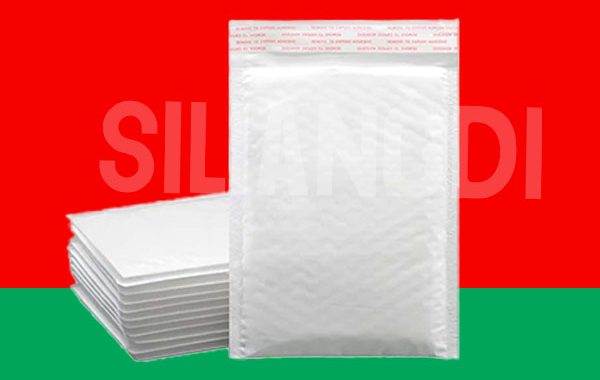Beyond the Container: How Specialty Liners, ECT Ratings, and Sustainable Design Protect Your Food Shipments in the US Market
In the competitive US food industry, the shipping box is the final—and most critical—guardian of product quality. A failure here doesn’t just mean a damaged package; it can lead to spoilage, regulatory non-compliance, and a loss of consumer trust. For food brands, choosing a corrugated box is a strategic decision that directly impacts freshness, safety, and the bottom line.
Standard boxes are not enough. Food-safe packaging requires a multi-layered approach designed to address unique challenges: moisture, grease, temperature fluctuation, and physical damage. The cornerstone of this system is the corrugated board itself, but its true efficacy comes from its specific construction and liners.
The most significant advancement is the use of specialty liners applied to the corrugated medium. For moisture-sensitive goods like fresh produce or frozen foods, a wet-strength liner is essential. It is treated with resins to maintain its integrity even when exposed to condensation or melting ice. For greasy or oily products—such as artisanal snacks, pizza kits, or certain baked goods—a polyethylene coating or heavy-duty kraft liner provides an impermeable barrier, preventing grease from staining and, more importantly, weakening the box’s structure.
Furthermore, box strength, measured by the Edge Crush Test (ECT), is non-negotiable. A box carrying heavy glass jars or canned goods requires a higher ECT (e.g., 44 or 55) to prevent stacking collapse in transit. For e-commerce shipments directly to consumers, a box that is right-sized to the product minimizes movement and reduces the need for excessive void fill, which can add weight and cost.
Table: Food-Grade Corrugated Box Solutions for US Shippers
| Food Category | Primary Hazard | Recommended Box Specification | Key Benefit |
|---|---|---|---|
| Fresh Produce & Frozen Foods | Moisture, Condensation, Crushing | Wet-Strength Corrugated, High ECT (44+) | Maintains box strength when wet; protects against crushing from ice packs or heavy produce. |
| Greasy/Oily Foods (Snacks, Pizza, Baked Goods) | Grease Migration, Staining, Structural Weakening | Poly-Coated or Clay-Coated White Liner | Creates a barrier against oil and grease, preserving box integrity and product presentation. |
| Heavy & Canned Goods | Weight, Stacking Pressure | Double-Wall Corrugated, 55+ ECT | Provides superior stacking strength to prevent box failure under heavy loads. |
| E-Commerce Meal Kits & Gourmet Foods | Temperature Shift, Physical Shock | Insulated Liners + Right-Sized Box | Often part of a system with insulated liners; a snug fit minimizes temperature fluctuation and movement. |
Compliance and Brand Image
In the US, food packaging must comply with FDA regulations for direct and indirect food contact. Using compliant inks and adhesives is paramount. Moreover, today’s consumers demand sustainability. Offering PCR (Post-Consumer Recycled) content boxes and clearly communicating your commitment to recyclability can significantly enhance your brand’s image.
Conclusion: An Investment in Trust
The right food shipping box is an active component of your quality assurance. It’s a carefully engineered system that protects your product, complies with regulations, and tells your brand’s story. By moving beyond a generic box to a tailored solution, you invest not just in packaging, but in the trust of every customer who receives your product.
Contact Us for Custom Sizes & Private Label Options
Email:packing@siliangdi.com
Email:SLD@siliangdi.com
